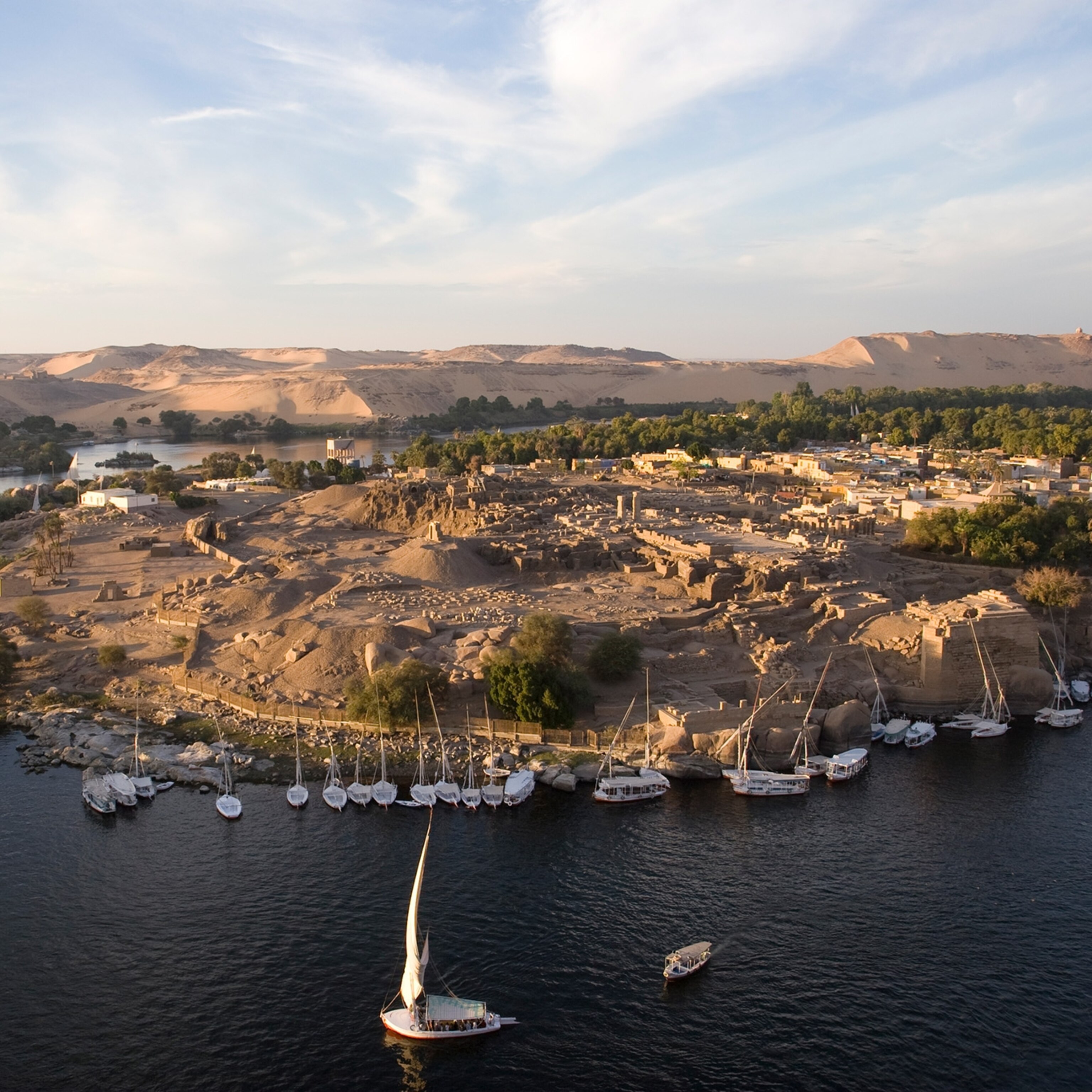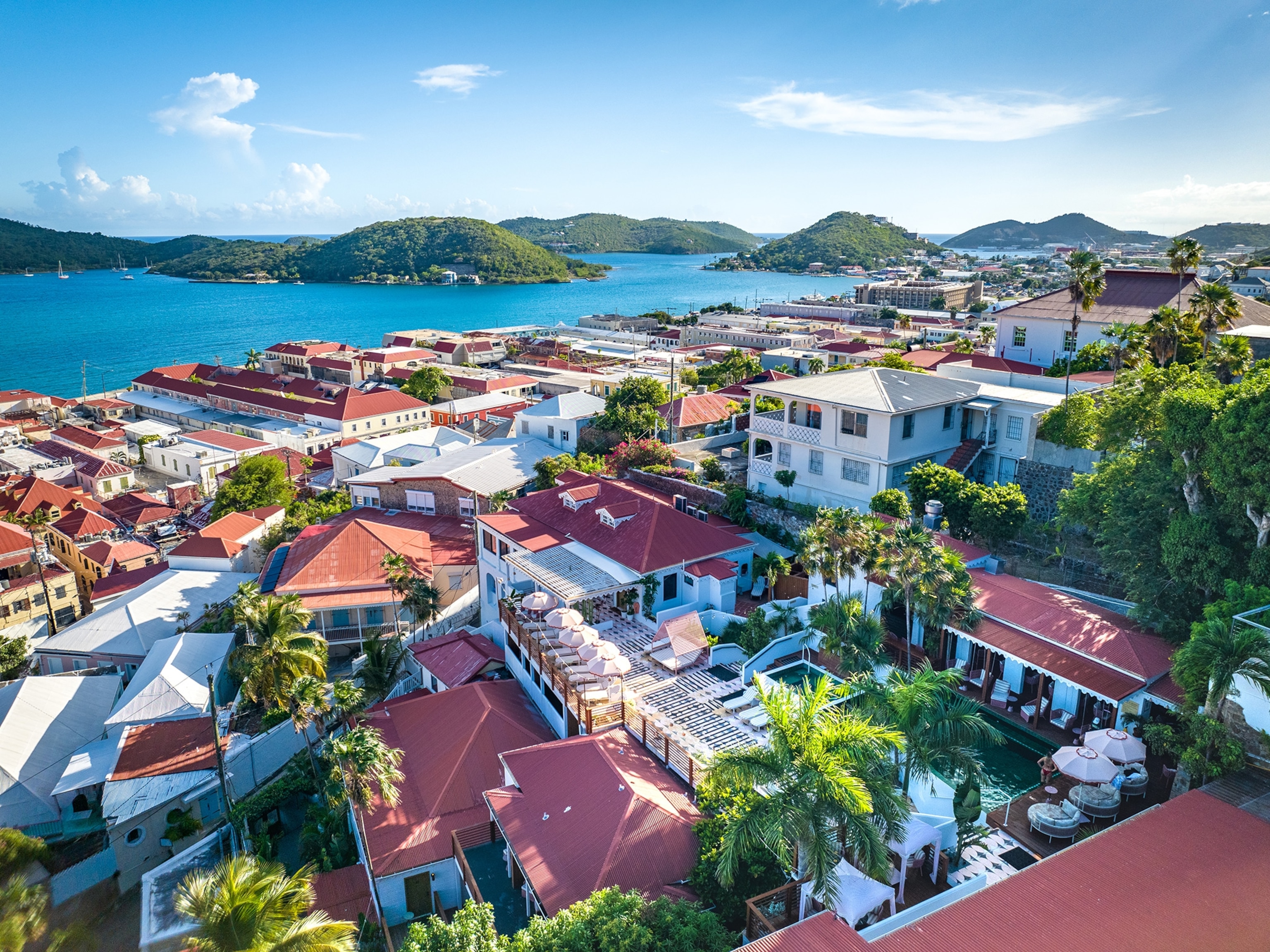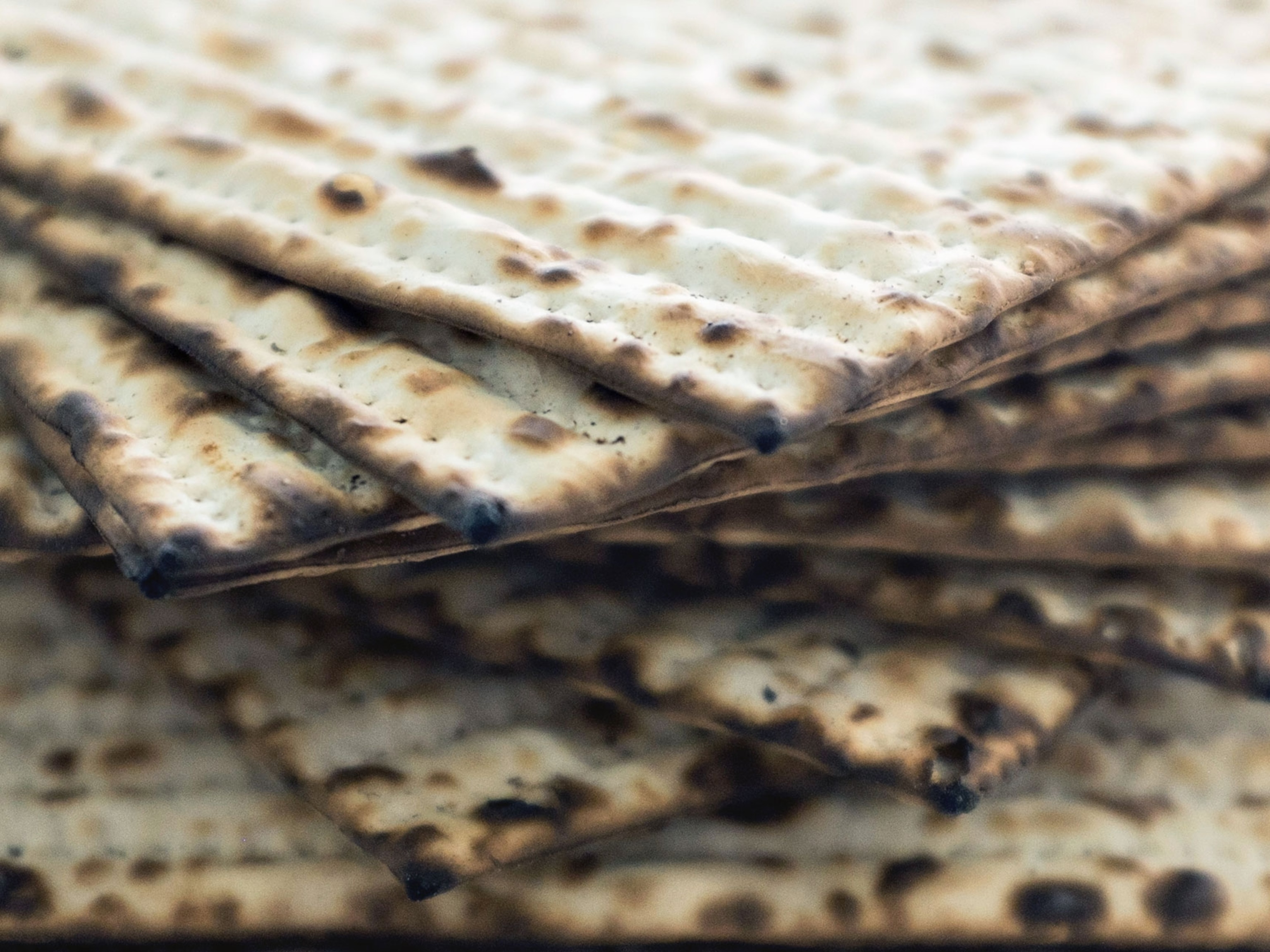In search of lost magical summers in the Catskills
Blissful escapes to the mountains of New York became the stuff of legend in many Jewish families. Is a revival in the works?

“Does this remind you of your childhood?” I ask my mom. I had already posed the question a half dozen times on our journey to find remnants of the summers she spent in New York’s Catskill Mountains in the 1950s. So far, the answer had always been no.
Now we are in Ellenville at Cohen’s Bakery, established circa 1920, buying pumpernickel bread and chocolate rugelach. She shrugs. “Maybe if there was a man speaking Yiddish behind the counter.”
The Catskills region sprawls across four counties north of New York City, dotted with lakes and crowned with around a hundred mountain peaks. Once it was the sparkling center of Jewish summers, replete with glamorous hotels and thriving small towns. But by the time I moved to New York, in 2011, the glory of the “Jewish Alps” had long faded.



Then, a few years ago, my Instagram feed started filling with pictures of bonfires and Scandinavian-style lodges in the Catskills. Was this the revival of those mythical 1950s summers? I dragged my mom, Debi, with me to find out.
In the early 1900s, when Jews and other minorities were banned from upscale hotels and beaches around New York City, the Catskills offered refuge. Every summer, families fled their cramped apartments for the mountains. After World War II, my grandparents—refugees from Poland—moved to the Bronx, started a family, and settled into this new tradition.
When school let out, they would pack a car with bedding, kitchenware, and clothes and move to the Catskills until Labor Day. Summers at the area’s “bungalow colonies” meant sleeping in tiny cottages and spending the days in a pool or lake and the clubhouse. My grandfather, who ran a hosiery store in the Bronx, would visit on the weekends. My mom remembers tadpoles swimming in the creek, costume parties, and women tanning by the pool with metallic reflectors.

Meanwhile, at the Catskills’ large hotels, entertainment was paramount. At night, comedians would do their shtick for a well-dressed audience. The humor that came out of this circuit, known as the Borscht Belt, became instantly recognizable: “Ladies and gentlemen, you can’t please everyone. Take my girlfriend: I think she’s the most remarkable woman in the world. That’s me, but to my wife …”
Attendance dwindled as foreign travel became easier and hotel bans on Jews disappeared in the sixties. In the era of hippies and rock-and-roll, kitschy summers in the Catskills lost their allure.
But in recent years, boarded-up storefronts have been dusted off as ice-cream parlors and taco shops. Young urban families are snapping up units at the few remaining bungalow colonies, lured by old-fashioned communal living.
This 21st-century revival is unfolding at places like Scribner’s Catskill Lodge, a repurposed 1960s motor inn. Since it opened in 2016, Scribner’s has come to epitomize the Catskills of the Instagram era, with its barrel sauna, color-coordinated bookshelves, and s’mores packets in each room.
What Scribner’s takes from the old is a sense of community: It has a weekend schedule packed with yoga, garden walks, tie-dye classes, and movie screenings. Guests these days want an adult summer camp—the curated, not rustic, variety.
As the Catskills revive, I’m determined to find among the current offerings some vestiges of the carefree summers my mom spent here.


My mom thinks her old bungalow colony, Mishkin’s Cottages, was in a town called Bullville. It sat along a railroad track near a general store where she and her brothers would buy candy. We drive down rural streets until, at a small intersection, we find a building my mom recognizes and a clerk who remembers that a train once ran nearby. But there’s nothing left of it, or of Mishkin’s.
Twenty minutes farther is one-block Mountain Dale, among the many tiny hamlets getting an unexpected rebirth. A bar, vintage shop, and general store opened to serve a trickle of new visitors that grew into an avalanche as COVID-19 forced New Yorkers to spend their summer holidays close by.
Most of the last operational bungalow colonies rent for the entire summer, so we opt for the next best thing: the Glen Wilde, a former colony converted into Airbnb rentals by two Brooklyn designers. Our unit has Turkish kilim rugs and a slate-tiled bathroom. The grounds are lush, with clusters of Adirondack chairs, a communal firepit, and long picnic tables.
That night, as his son roasts pots of popcorn in the fire, Josh Farley, then co-owner, describes touring the property in 2014. “It felt kind of like a zombie apocalypse,” he says. Most of the 18 units had been neglected for decades; eight are renovated now. Farley learned the history of the Catskills from the neighbors as he peeled up vinyl flooring and emptied antique dishware from cabinets.
Yet my mom’s childhood memories aren’t stirred by the Glen Wilde’s updated—but true-to-tradition—vibe. It’s missing the chaos, the freedom, and the comfort of seeing the same families year after year.


Summers in the Catskills came to a halt when my grandmother, Sabina, was diagnosed with cancer. She died when my mom was 11, and so did the tradition. There was no one who could stay with the kids while my grandfather manned his shop on the weekdays.
You May Also Like
Not long after, in the 1970s, the Borscht Belt itself began to decline. Legendary resorts soon sat abandoned. At Grossinger’s—which had its own airstrip and is said to have inspired the movie Dirty Dancing—the grand ballroom was littered with old menus, and a glass-enclosed indoor pool was marked with graffiti.
From 2011 to 2016, Marisa Scheinfeld photographed beloved Catskills destinations as they decayed. Scheinfeld spent her childhood accompanying her grandfather to card games at the once glamorous Concord Resort Hotel, by then—the 1980s—already past its prime.
Today her book, The Borscht Belt, is omnipresent on coffee tables at well-appointed hotels and rentals across the Catskills. One of her favorite photographs in it shows a green fern pushing through the cracked concrete of a long-abandoned pool. “Something new is growing out of the old,” she says. “That’s the way I look at the renaissance of the Catskills.”
Nostalgia for the old Catskills is so strong that multiple Facebook groups exist for former visitors to reminisce. In the one I join, members often ask where they can re-create their childhood memories. Sometimes the answers are discouraging (“Don’t. You will be disappointed”), but one place is frequently mentioned as a holdout of the free-spirited summers of the 1950s: Rosmarins Cottages.
Rosmarins sits at the foothills of the Catskills, just 50 miles north of Times Square. Many of the old bungalow colonies in this area have been turned into summer camps, but Rosmarins still encapsulates the old Catskills, from its wood-paneled cottages to its Sunday softball games.
At the property entrance, Scott Rosmarin, the third-generation proprietor, scoops me and my mom up in a golf cart to cruise through the grassy lanes. Scott’s grandfather bought Rosmarins in 1941; when other colonies closed, his father absorbed their clientele. In recent years, guests were aging and business had slowed—then the pandemic hit. Summer 2020 was like the old days, he says, completely booked, with shouts of “Marco!” “Polo!” echoing from the lake.
“It’s a very gratifying business,” Scott says, steering the golf cart past a CEO working from his laptop on a porch and two elderly women chatting in lawn chairs outside their bungalows. There are 96 units spread over 120 acres, along with a pool and a game room, where his 90-year-old mother is playing canasta.
Finally, Scott opens the doors to the casino, where Saturday nights have been celebrated for decades. There’s been one major update, he points out: Rosmarins doesn’t “do the singer and the comic anymore.” These days it’s food trucks and concerts.
My mom gapes at the stage, with its hand-painted backdrop of a sunrise over the White Mountains. Decommissioned stage props and stacks of chairs crowd the entry. “Does this remind you of your childhood?” I ask her.
“Totally,” she says. “This is exactly how it was.”
“You can ask anyone that grew up going to a bungalow colony,” Scott says. “It was the best times ever.”
My mom nods. “Absolutely. It was freedom.”
This story appears in the August 2022 issue of National Geographic magazine.
Related Topics
You May Also Like
Go Further
Animals
- Behind the scenes at America’s biggest birding festivalBehind the scenes at America’s biggest birding festival
- How scientists are piecing together a sperm whale ‘alphabet’How scientists are piecing together a sperm whale ‘alphabet’
- Orangutan seen using plants to heal wound for first timeOrangutan seen using plants to heal wound for first time
- What La Palma's 'lava tubes' tell us about life on other planetsWhat La Palma's 'lava tubes' tell us about life on other planets
Environment
- The northernmost flower living at the top of the worldThe northernmost flower living at the top of the world
- This beautiful floating flower is wreaking havoc on NigeriaThis beautiful floating flower is wreaking havoc on Nigeria
- What the Aral Sea might teach us about life after disasterWhat the Aral Sea might teach us about life after disaster
- What La Palma's 'lava tubes' tell us about life on other planetsWhat La Palma's 'lava tubes' tell us about life on other planets
- How fungi form ‘fairy rings’ and inspire superstitionsHow fungi form ‘fairy rings’ and inspire superstitions
History & Culture
- This thriving society vanished into thin air. What happened?This thriving society vanished into thin air. What happened?
- These were the real rules of courtship in the ‘Bridgerton’ eraThese were the real rules of courtship in the ‘Bridgerton’ era
- A short history of the Met Gala and its iconic looksA short history of the Met Gala and its iconic looks
Science
- Why trigger points cause so much pain—and how you can relieve itWhy trigger points cause so much pain—and how you can relieve it
- Why ovaries are so crucial to women’s health and longevityWhy ovaries are so crucial to women’s health and longevity
Travel
- The key to better mindfulness may be your public gardenThe key to better mindfulness may be your public garden
- How to spend a weekend in Kitzbühel, Austria
- Paid Content
How to spend a weekend in Kitzbühel, Austria - What it's like trekking with the Bedouin on Egypt's Sinai TrailWhat it's like trekking with the Bedouin on Egypt's Sinai Trail







